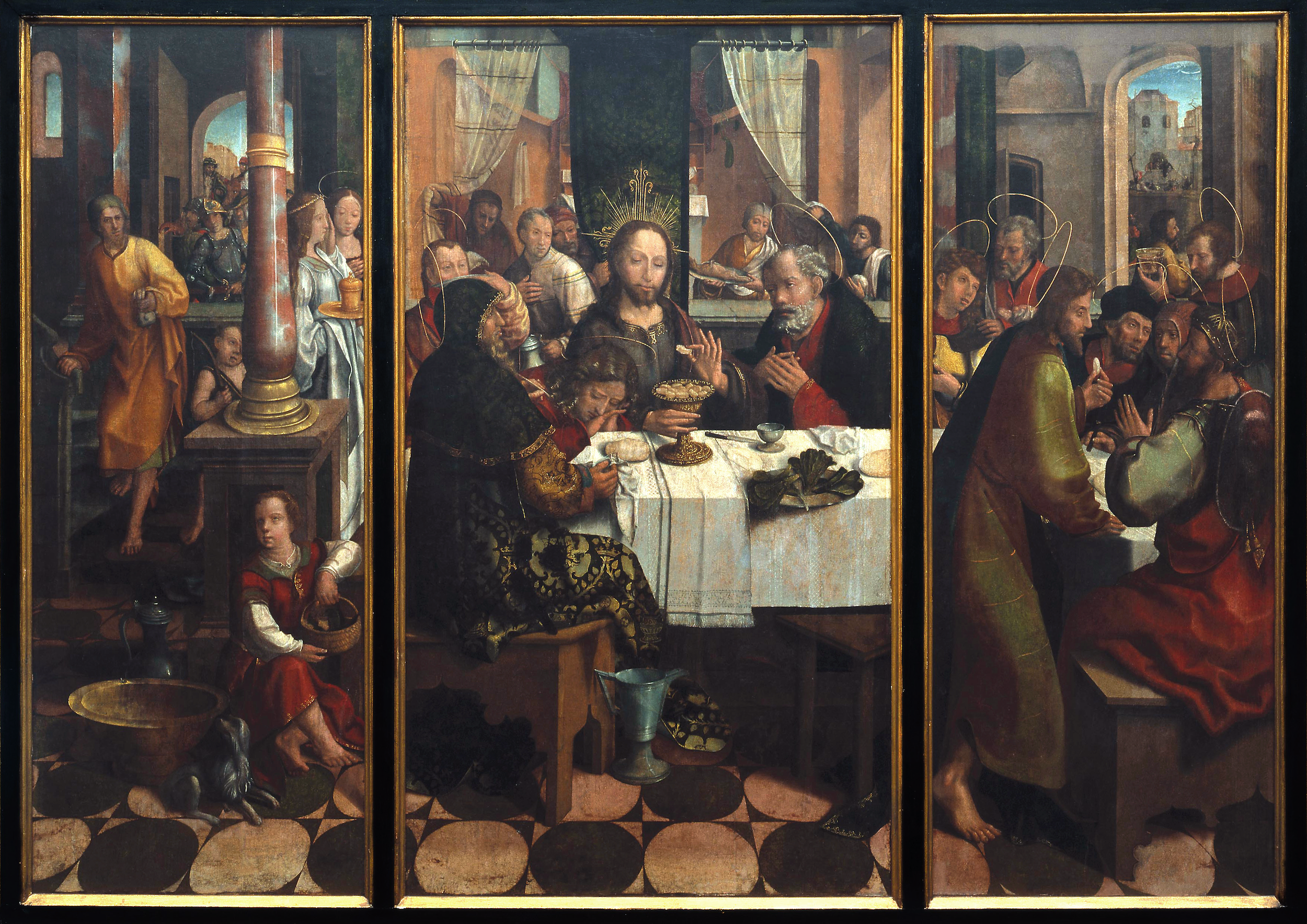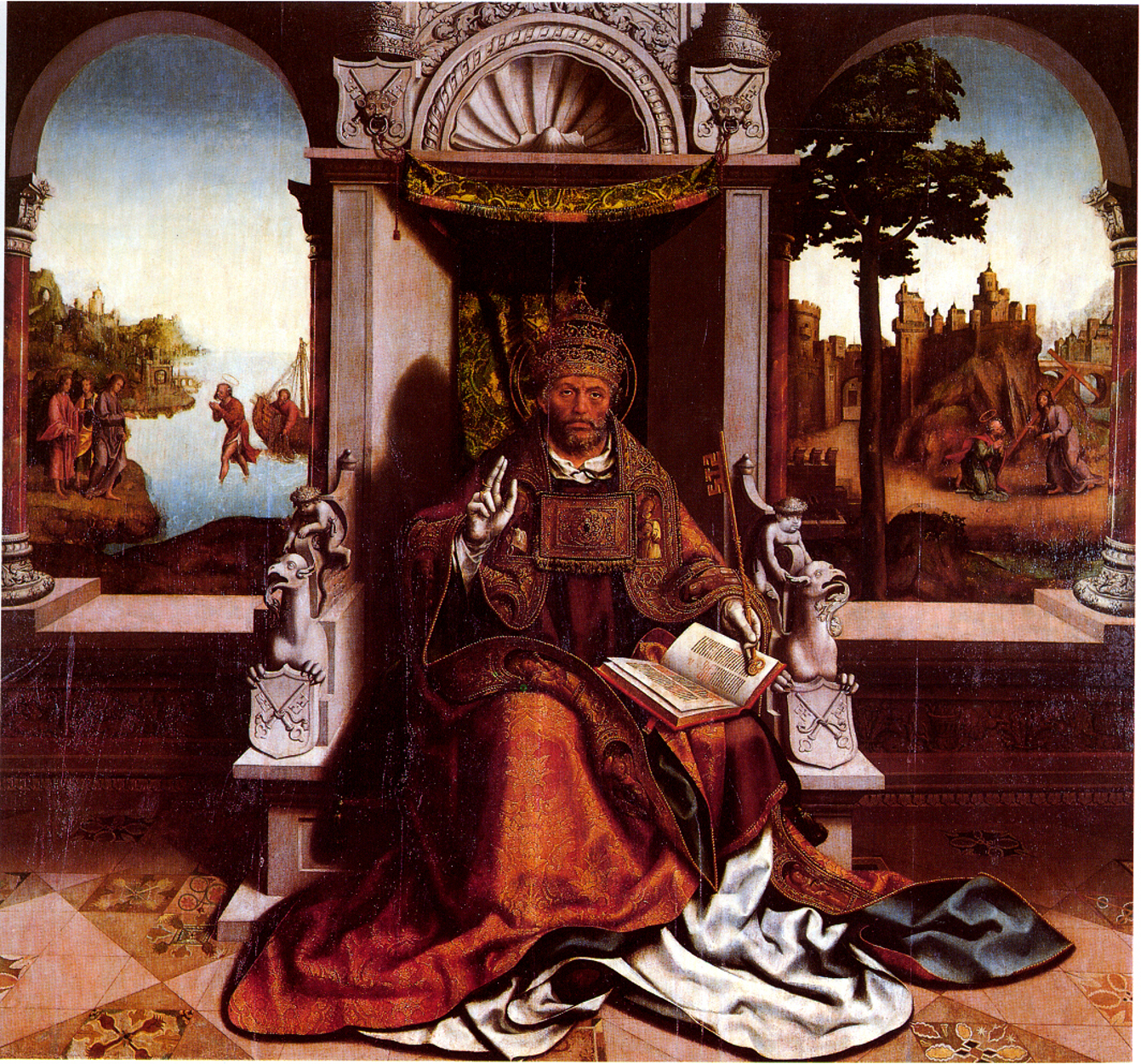Every Tuesday and Sunday in March we will feature a piece from Europeana, a multilingual online collection of millions of digitized items from European museums. Each work we show in our collaboration with Europeana, whether it’s an instantly recognisable masterpiece or a little-known but unforgettable treasure, was shared by a European country as part of the Europeana 280 campaign. The campaign celebrates Europe’s shared art heritage by exploring the diverse and magnificent artworks that have contributed to it. If you’d like to learn more about Europeana 280, follow #Europeana280 on social media.
Well, Easter is coming. It is said that The Last Supper happened on the Thursday before Easter; we will show it today as it is a part of our collaboration with Europeana. Enjoy!
This triptych is from the chapel of Santa Marta at the Episcopal Palace of Fontelo in Viseu. The work displays many of Grão Vasco's identifiable pictorial processes — the decentralization of formal cores and their ordering in successive planes unified by light distribution; the accuracy of volumetric speech and manner; the expressiveness of the faces; and the specificity of the details. The significance of this work also includes its iconographic complexity and the tension between its narrative, which is developed continuously, and the tripartite structure.
The central panel depicts the Last Supper. Jesus Christ, who holds the Eucharistic chalice, is flanked by St. Peter, St. John, and another apostle. The panel to our right shows seven apostles organized around the table, which is extended with an L-shaped piece, as they raise the Eucharistic host. Judas is seen on the panel to our left, with iconographic elements depicting his betrayal (the coin bag and yellow costume); he is at this very moment on the verge of rejoinig this group of Jesus' closest associates. The other images on this panel are unusual. The episode of the washing of feet is evoked by the presence of a boy near a water basin in the foreground. Two female figures also approach Christ, one of which holds a small jar of perfume — Mary Magdalene's attribute, alluding to the dichotomy between profane and sacred love. Visual unity is created by a continuous floor pattern that spans the planes. In the background of the central panel we see a few more figures, one of whom is carrying a lamb, symbolic of the Passover celebration and of Jesus' sacrifice as the Lamb of God, to the Eucharistic table. The elements arranged on the table — the bitter herbs and unleavened bread — allude to the Jews' exodus from Egypt (the theme of the Passover meal). In the backgrounds of the two side panels, we glimpse two scenes of the Passion yet to occur.




Última Ceia (The Last Supper)
oil on panel • 131 × 81 cm
 Grão Vasco
Grão Vasco